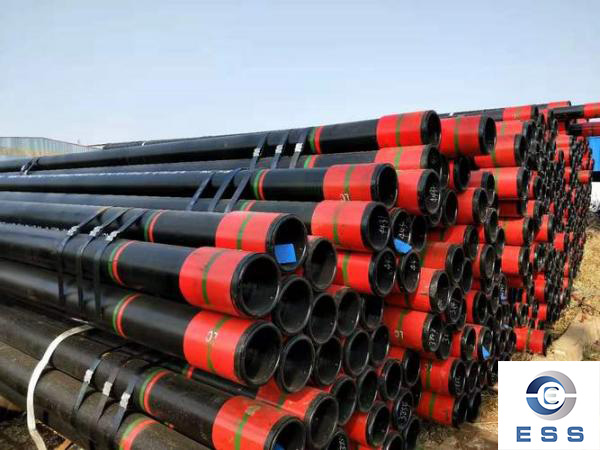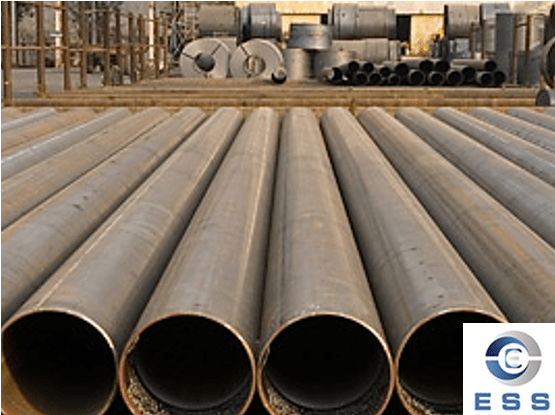
Casing pipe refers to the process of drilling oil wells. During the drilling process, the casing pipe is gradually removed from the inner tube to the outside at the bottom of the drilling pipe, thus forming an interconnected oil well annulus pipeline system. It is usually made of seamless steel pipe and is a classification of octg pipe.
Metal casing pipe cleaning process
1.Preparation work
Before cleaning the metal casing pipe, some preparation work needs to be done:
1. Remove the metal casing pipe from the machine and remove the electronic components on it;
2. Prepare the required cleaning equipment and cleaning agents, such as steel balls, sponges, brushes, acids, alkalis, etc.;
3. Check the cleaning equipment to ensure that the cleaning equipment will not fall off during the cleaning process and damage the casing pipe surface.
2.Cleaning method
When cleaning metal casing pipe, there are two basic cleaning methods: mechanical cleaning and chemical cleaning.
1. Mechanical cleaning:Mechanical cleaning is the process of placing cleaning equipment in the metal casing pipe for physical cleaning. Commonly used equipment for this cleaning method includes steel balls, sponges, brushes, etc. Although mechanical cleaning can remove surface dirt, oxide layer and rust, its cleaning force is relatively strong and it is easy to cause scratches, wear and other damage to the surface of the metal casing pipe.
2. Chemical cleaning:Chemical cleaning is the process of cleaning metal casing pipe using chemical agents such as acid and alkali. This cleaning method can remove stains, oxide layer and rust, and has less damage to the surface of the casing pipe. However, since chemical agents such as acid and alkali are corrosive, you must pay attention to the selection and use of chemicals.
Choice of cleaning agent
When cleaning metal casing pipe, you need to choose a suitable cleaning agent. Commonly used cleaning agents include:
1. Acid: It can be used to clean the generated oxide and rust, but because it is highly corrosive, you need to pay attention to safety when cleaning.
2. Alkali: It can be used to clean some fat oil stains and organic matter, and you also need to pay attention to safety.
3. Cleaning agent: It can remove stains and oil stains on the metal surface, and generally has the advantages of good cleaning effect and non-corrosiveness.
Precautions
1. When choosing a cleaning agent, be sure to pay attention to its safety and applicability;
2. When performing mechanical cleaning, pay attention to the material and rigidity of the instrument to avoid unnecessary damage to the surface of the casing pipe;
3. For cleaning agents and highly corrosive chemicals, be sure to pay attention to protective measures when using them, such as wearing gloves and masks;
4. After cleaning, be sure to wipe the surface of the casing pipe clean and prevent residual cleaning agent from remaining on the casing pipe.
Conclusion
Through the introduction of this article, I believe everyone has a certain understanding of the cleaning process of the metal casing pipe. Whether it is mechanical cleaning or chemical cleaning, it is necessary to pay attention to safety and avoid unnecessary damage to the surface of the casing pipe. Only by correctly selecting cleaning agents and appropriate cleaning methods can the metal casing pipe be thoroughly cleaned and its service life be extended.













 Eastern Steel Manufacturing Co.,Ltd not only improve product production and sales services, but also provide additional value-added services. As long as you need, we can complete your specific needs together.
Eastern Steel Manufacturing Co.,Ltd not only improve product production and sales services, but also provide additional value-added services. As long as you need, we can complete your specific needs together.










